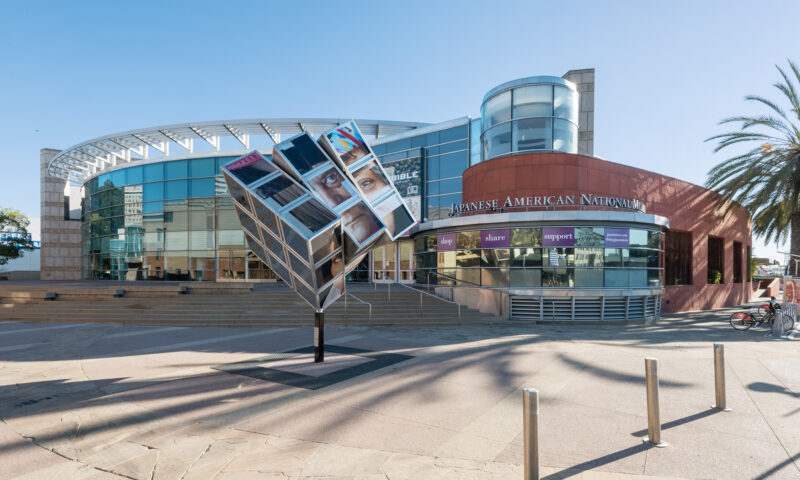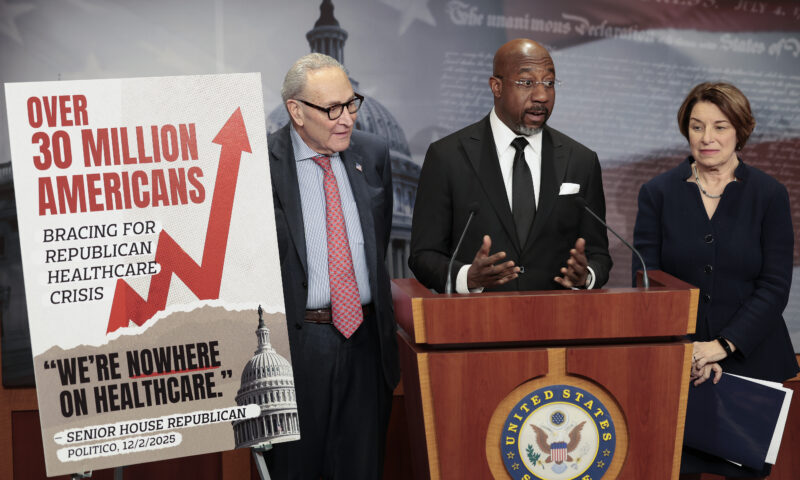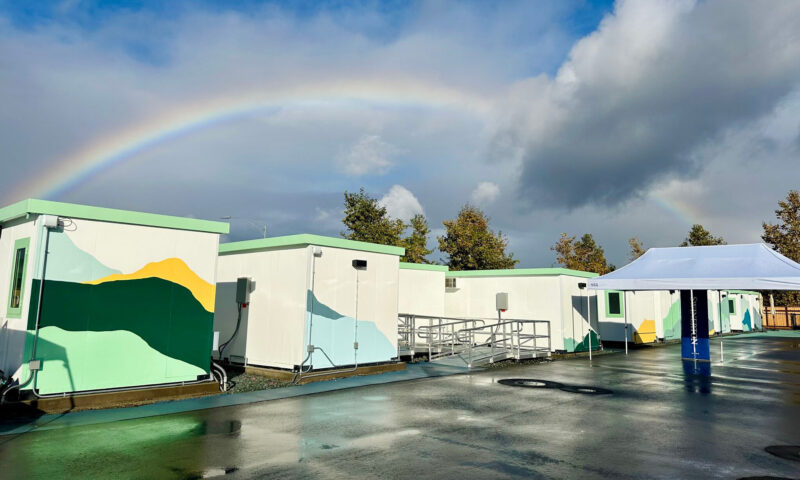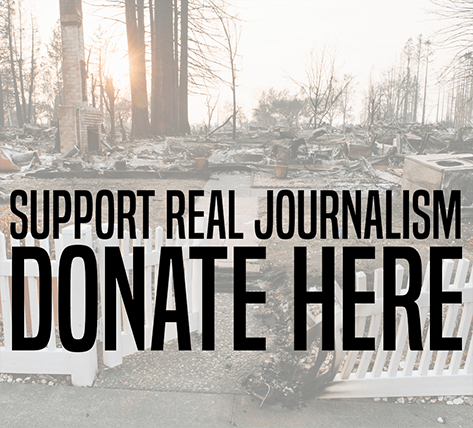Society
Miami: Public Interests or Privatized Development?

A few weeks ago I went to a conference in Miami on infrastructure private-public partnerships, or “P3s.” We’ve written plenty about the pitfalls of P3s that don’t have strong public protections. I learned at the conference that Miami has big plans. We’re paying close attention and helping local advocates ensure that these plans to rebuild Miami serve taxpayers, workers and families, not just private investors.
Miami-Dade Mayor Carlos Gimenez spoke at the conference and made it clear that his vision includes privatizing essential public goods. “It used to be Miami-Dade County wanted to operate everything,” Gimenez said. “I don’t want to operate anything.” He talked about tapping the private sector to finance, build and operate a new transit line and courthouse. A P3 for a new water treatment plant is already underway.
Miami is growing fast and has real infrastructure needs. At the conference, officials from the city and surrounding Miami-Dade County pitched project ideas to nearly 300 contractors, developers and financiers looking to build and operate infrastructure, like water systems, transit, courthouses and jails.
There’s no doubt that Miami needs to innovate to keep up with growth, eliminate poverty and prepare for climate change. But progress can be made without handing over control to private corporations for decades.
The surest way to do that is to use public, tax-exempt financing, which provides the most flexibility for agencies and is the lowest cost of capital. But if legislators feel the need to tap the private sector to finance projects more quickly, then the public deserves more for that higher cost. They should demand:
- Public control. Infrastructure should be operated and maintained by public employees accountable to the people of Miami.
- Access to the middle class. Training and pathways into the new public jobs for low-income Floridians and other people shut out of the growing economy, such as veterans, people who have been incarcerated and young people.
- 21st century infrastructure. Maximum environmental sustainability and climate resiliency.
- Affordability for all. Fees and rates that are accessible to low-income families.
Infrastructure is the foundation of our society, a lifeline and connection for our communities, and an economic driver for the region. Every infrastructure project—financed publicly or privately—should protect and expand this core public good. Our roads, transit, water systems and other core public facilities are too important to all of us.

-

 Latest NewsDecember 8, 2025
Latest NewsDecember 8, 2025This L.A. Museum Is Standing Up to Trump’s Whitewashing, Vowing to ‘Scrub Nothing’
-

 Latest NewsDecember 10, 2025
Latest NewsDecember 10, 2025Capital & Main, L.A. Times Win Sidney Award for Reporting on Child Farmworkers
-

 StrandedDecember 9, 2025
StrandedDecember 9, 2025Giving Up on the Dream: Asylum Seekers Try Other Options in Mexico
-

 Locked OutDecember 16, 2025
Locked OutDecember 16, 2025This Big L.A. Landlord Turned Away People Seeking Section 8 Housing
-

 Column - California UncoveredDecember 12, 2025
Column - California UncoveredDecember 12, 2025They Power the U.S. Economy, But Will Struggle to Afford Health Care
-

 The SlickDecember 19, 2025
The SlickDecember 19, 2025‘The Poor Are in a Very Bad State’: Climate Change Accelerates California’s Cost-of-Living Crisis
-

 Column - State of InequalityDecember 11, 2025
Column - State of InequalityDecember 11, 2025A Little Place Called Home?
-

 Locked OutDecember 23, 2025
Locked OutDecember 23, 2025Section 8 Housing Assistance in Jeopardy From Proposed Cuts and Restrictions

